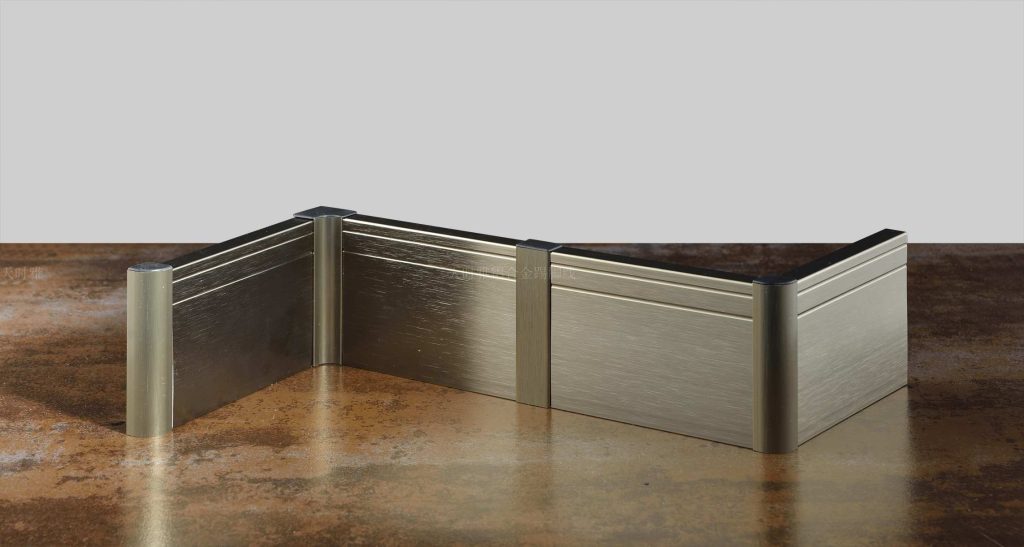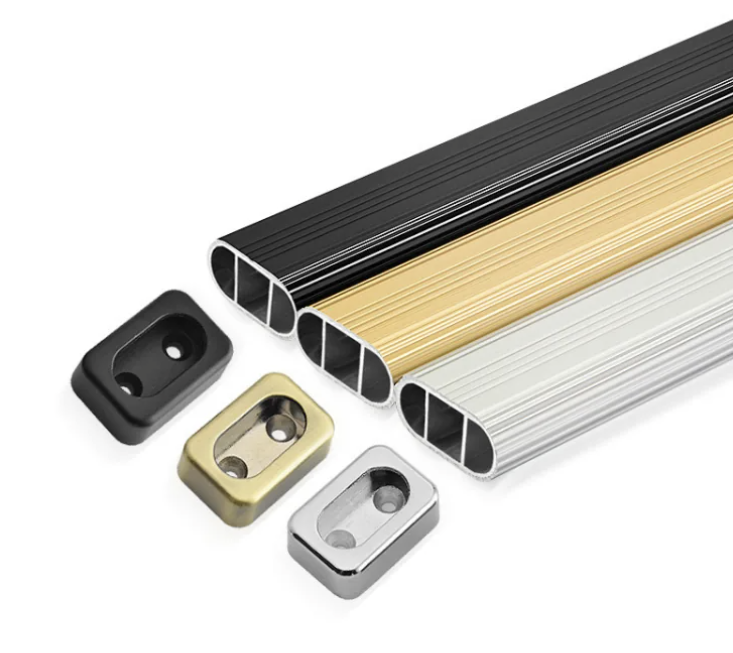Aluminum Skirting Pros and Cons: Complete Buyer’s Guide for 2025

Aluminum skirting gives rooms a clean, modern look. Many people use it in homes and offices to add a neat finish along the walls. It is popular because it looks good and serves a clear purpose.
However, aluminum skirting is not the best choice for every project. It has clear strengths and some drawbacks. This article will explain both, so you can decide if aluminum skirting fits your needs. Let’s look at the facts and help you make a smart choice.
Advantages of Aluminum Alloy Skirting
1. Lightweight and Easy to Install
Aluminum skirting weighs less than wood or stone. You can carry and fit it with little effort. This makes installation quick and reduces labor costs.
2. Moisture Resistant
Aluminum does not absorb water. It does not swell or warp in damp areas. You can use it in kitchens, bathrooms, and basements without worry.
3. Simple to Clean
The smooth surface does not trap dust or dirt. You can wipe it clean with a damp cloth. No special cleaners are needed.
4. Corrosion Resistant
Aluminum resists rust and corrosion. It keeps its shape and appearance over time. This means you do not need to replace it often.
5. Modern Appearance
Aluminum skirting has a clean, metallic look. It matches modern interiors and gives rooms a neat finish.
6. Recyclable
You can recycle aluminum many times. Using it helps reduce waste and supports eco-friendly choices.
Key Benefits
- Lightweight for easy handling and installation.
- Moisture resistant for wet areas.
- Low maintenance and easy to clean.
- Long-lasting and corrosion-resistant.
- Modern look for updated interiors.
- Fully recyclable for sustainability.
Aluminum alloy skirting offers practical benefits and a modern style. It works well in many homes and offices. If you want a simple, smart choice for skirting, aluminum is worth considering.

Common Problems and Drawbacks of Aluminum Skirting
1. Scratches Easily
Aluminum skirting can get scratched by chairs, tables, or cleaning tools. Scratches show up quickly, especially in busy areas. These marks can make the skirt look old.
2. Installation Can Be Difficult
Installing aluminum skirting needs careful measuring. Uneven floors or walls can cause gaps. Many people hire a professional, which increases costs.
3. Bends or Dents with Impact
Aluminum can bend or dent if hit hard. Kicks, dropped items, or pets can cause damage. Dents are hard to fix and can spoil the look.
Key Drawbacks
- Scratches from furniture and daily use are common.
- Installation is tricky on uneven surfaces.
- Aluminum can bend or dent under force.
Consider these points before you choose aluminum skirting. This helps you pick the right material for your space and lifestyle.

How to Choose Aluminum Alloy Skirting?
Selecting aluminum skirting involves a few clear steps. Focus on these main points:
1. Material Quality
Pick skirting made from high-grade aluminum. Check the surface for a strong, even coating. Good coatings protect against scratches and rust. Read reviews or check certifications to confirm quality.
2. Craftsmanship
Look for skirting with smooth edges and precise shapes. Poor craftsmanship can lead to warping or early damage. Choose brands with positive feedback and a good reputation.
3. Installation
Aluminum skirting can be hard to install on uneven floors or walls. Professionals can handle tricky jobs. DIY is possible, but you need proper tools and some skill. If unsure, hire an expert to avoid mistakes.
4. Style and Design
Match the skirting style to your room. Modern spaces work well with simple, metallic finishes. Traditional rooms may need softer colors or patterns. Make sure the skirting fits your floors, walls, and furniture.
Quick Buyer Tips
- Check the aluminum quality and coating.
- Choose trusted brands.
- Plan for installation needs.
- Match the style to your space.
Aluminum skirting frames your room. The right choice will look good and last. Pick carefully for the best results.
Final Thoughts
Aluminum skirting covers wall gaps and adds a modern touch. It offers durability and a clean look. Scratches and installation can be issues.
Weigh the pros and cons before you buy. The right skirting will keep your space neat and stylish for years. A smart choice now can save time and effort later.






